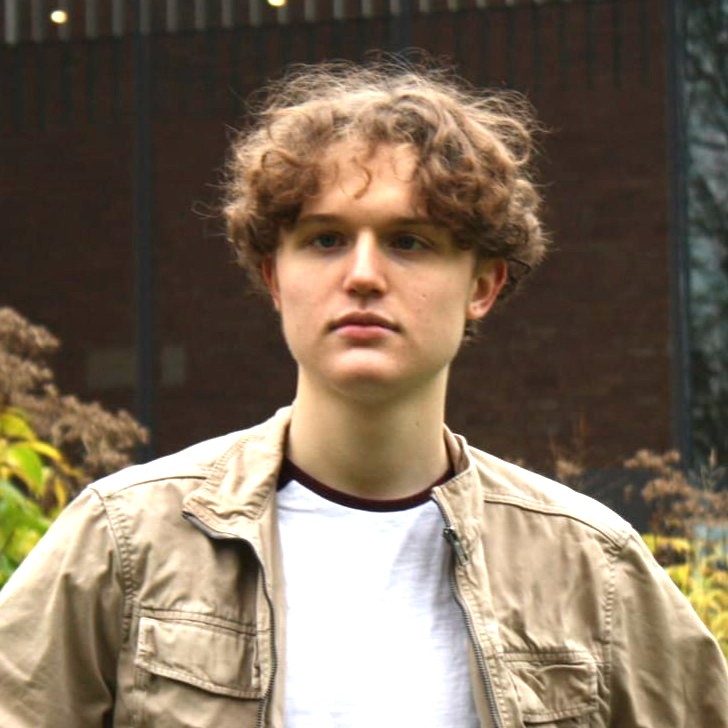Daniel Cash Portfolio


I began my interest in working with hardware and software when I joined a computing club aimed at teaching young people electronics and computer science topics named Little Sandbox at the age of 11. This club was a developmental experience for me as it gave me exposure to working with computers in regard to working with software to 3d print, laser cut, and learn HTML, CSS and Python. The club also gave me experience with working with Arduinos, Raspberry pi’s and BBC microchips where we had to learn things such as GPIO pin mapping and interfacing software and hardware in embedded systems applications.
When I was 13, we were entered into the Big Bang competitionwhich was a STEM competition aimed at young people who were interested in designing and engineering. Most of the time the project was entered into by schools, but our club was entered as the only non-school organization to be a part of lineup.
Our project was the Kerbinator which aimed at creating a solution for those with Wheelchairs to navigate safetly. A problem we found was Wheelchair users using standard Google Maps navigation could become stranded in the road if the kerb between the roads is not low enough to allow their chair to climb the gap. This was especially troublesome in more industrial areas. Our mission was to crowd-source drop-kerb data and plot it, allowing navigation tools to adhere to the drop-kerb locations when plotting routes for wheelchair users. The project won first place in the north-west competition and saw through to the finals.
Furthering this, I continued programming, learning Python to build web applications and little apps with GUI frameworks.
Furthermore, I’ve worked on a couple hardware related projects with embedded systems, one of which was a Bluetooth speaker and another was a plant-pot which wets the soil when the humidity decreases below a set threshold.